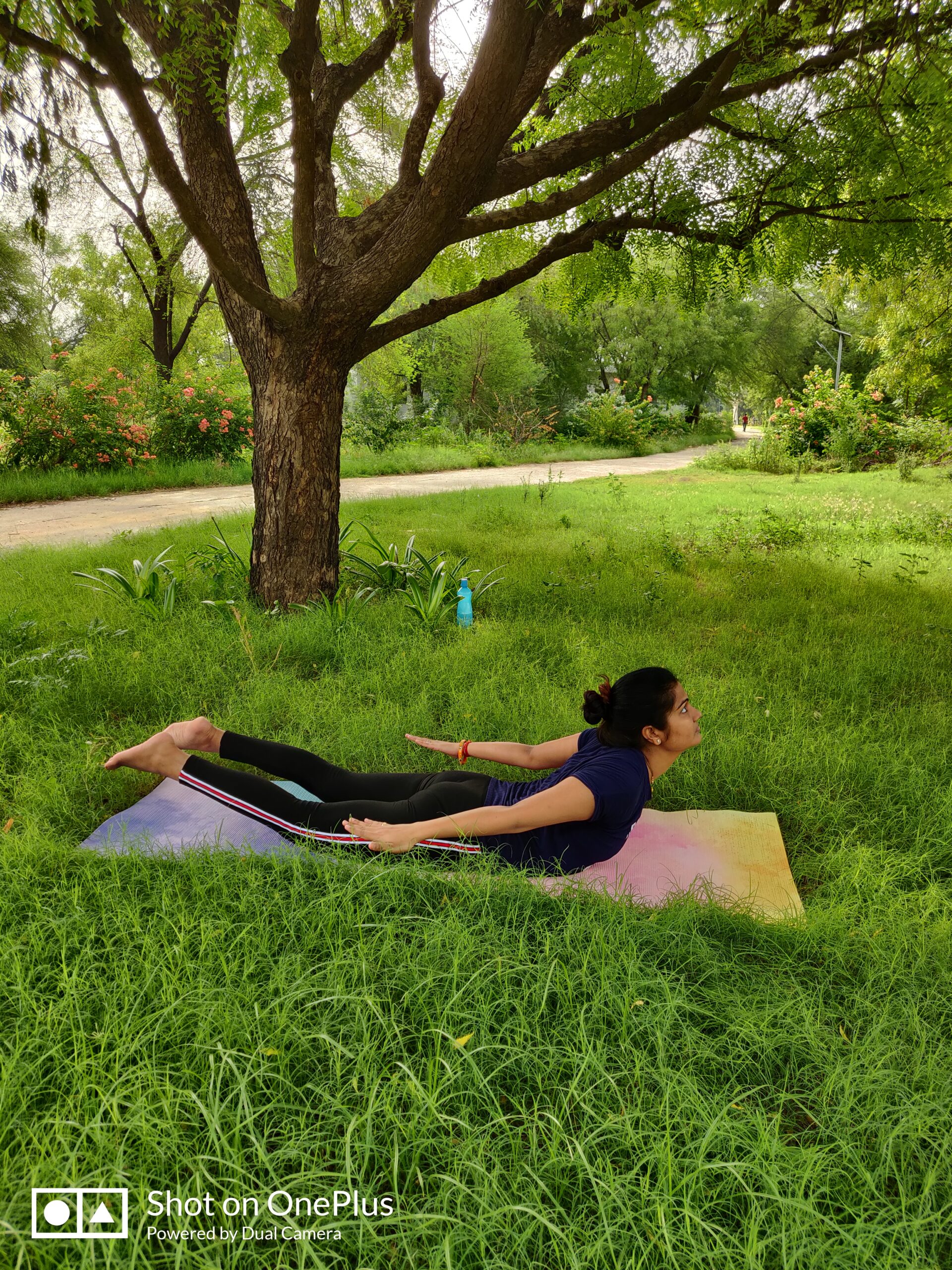“The doctor of the future will give no medicine, but will involve the patient in the proper use of food, fresh air and exercise.”

Diabetes Types
Diabetes mellitus, commonly known as diabetes, is a metabolic disease that causes high blood sugar. The hormone insulin moves sugar from the blood into your cells to be stored or used for energy. With diabetes, your body either doesn’t make enough insulin or can’t effectively use the insulin it does make.
Untreated high blood sugar from diabetes can damage your nerves, eyes, kidneys, and other organs.
There are a few different types of diabetes:
- Type 1 diabetes is an autoimmune disease. The immune system attacks and destroys cells in the pancreas, where insulin is made. It’s unclear what causes this attack. About 10 percent of people with diabetes have this type.
- Type 2 diabetes occurs when your body becomes resistant to insulin, and sugar builds up in your blood.
- Prediabetes occurs when your blood sugar is higher than normal, but it’s not high enough for a diagnosis of type 2 diabetes.
- Gestational diabetes is high blood sugar during pregnancy. Insulin-blocking hormones produced by the placenta cause this type of diabetes.
A rare condition called diabetic insipidus is not related to diabetes mellitus, although it has a similar name. It’s a different condition in which your kidneys remove too much fluid from your body.
Normal blood glucose levels
- Fasting blood glucose level : 70 – 110 mg/dl
(fasting means empty stomach in morning time )
- Post prandial glucose level : till 140 mg/dl
( P p means 2 hour after the meal )
If the value exceeds these limits it means one should take care of his / her blood sugar levels .
Causes :
- Lack of insulin in the blood stream due to lack of exercises
- Improper food habits
- More intake of spicy and high calorie food
- Due to lack of oxyzen saturation in the blood
- Sedentary life style
- Long sitting
- Lethargic life style etc
Symptoms :
- Polypepsia ( increased water intake due to more thirst ) .
- Poly urea ( frequent urination ) .
- unusual weight loss .
- Weakness .
- lithargicity .
- Delayed wound healing due to hyperglycemia .
- Presence of sugar in urine which is indicated by presence of ants at the urine pot after urination .
- pain in legs .
- pain in calfs .
Diabetes complications
High blood sugar damages organs and tissues throughout your body. The higher your blood sugar is and the longer you live with it, the greater your risk for complications.
Complications associated with diabetes include:
- heart disease, heart attack, and stroke
- neuropathy
- nephropathy
- retinopathy and vision loss
- hearing loss
- foot damage such as infections and sores that don’t heal
- skin conditions such as bacterial and fungal infections
- depression
- dementia
There are three major complications :
- Diabetic Retinopathy : which affects blood vessel formation in the retina of the eye, can lead to visual symptoms including reduced vision and potentially blindness .
- Diabetic Nephropathy : the impact of diabetes on the kidneys, can lead to scarring changes in the kidney tissue, loss of small or progressively larger amounts of protein in the urine, and eventually chronic kidney disease requiring dialysis.
- Diabetic Neuropathy : the impact of diabetes on the nervous system — most commonly causing numbness, tingling and pain in the feet, and also increasing the risk of skin damage due to altered sensation. Together with vascular disease in the legs, neuropathy contributes to the risk of diabetes-related foot problems (such as diabetic foot ulcers) that can be difficult to treat and occasionally require amputation. Additionally, proximal diabetic neuropathy causes painful muscle wasting and weakness.
MANAGEMENT –
NATUROPATHIC MANAGEMENT –
1- Naturopathic Treatments :
- Hot and cold fomentation over abdomen ( hot for 2 minute and cold for 1 minute , repeat it for 5 times.
- Mud pack over abdomen for 30 minutes.
- Hot and cold hip bath ( hot for 15 minutes and cold for 5 minutes ).
- Gastrohepatic pack over abdomen i. e . hot water bag on left side of abdomen and cold water bag on kidney area that is on lower back.
2- Diet Therapy :
- wake as early as possible and drink 3 – 4 glasses of normal water .
- 7 : 00 am — methi water ¼ glass / aloevera + giloy= 3 tspn
- 9 : 30 am— dalia / upama / vagi. Salad = 1 plate +karele ka juice ½ glass / methi sprouts 50 gm
- 11 : 30 am—roti—2 + green vagi. 2 bouls + 100 gm papaya + butter milk 1 glass ( salad 1 plate ½ an hour before the meal if possible )
- 2 : 00 pm – louki juice 1 glass / fruits 150 gm / coconut water ½ glass / vagi. Salad 1 plate .
- 5 : 00 pm – 2 whole grain biscuits + 1 cup green tea .
- Before 7 : 30 pm dinner , in dinner light diet should be taken like —
- roti – 1+ green boiled vagi. – 2 bouls + green vagi. soup 1 glass +papaya 100 gm + methi sprouts 30 gms
- half an hour before sleep —— 1 cup of cow milk should be taken if possible .
YOGIC MANAGEMENT – Yoga should be started with loosening exercises , it helps the body to move freely without any stiffness in the joints and for loosening of muscles and joints can perform the yogasanas and paranayama .
YOGASANAS – Ardhakatichakrasana , Trikonasana , Tiryak tadasana , Naukasana, Halasana , Ekpadpavanmuktasana , Tiryak bhujangasana, Catpose , Paschimotthanasana, Janushirsasana .
PRANAYAMA – Anulom-Vilom , Kapalbhati , Deep breathing .
NOTE –
- Brisk walk or walk for atleast 30 -30 minutes , empty stomach in morning and after dinner light walk .
- There is a proverve saying “ after lunch rest for a while and after dinner light walk for a mile “
- Avoid sweets / heavy digestive food / packed food items .
- Avoid late night working .
- Be active




